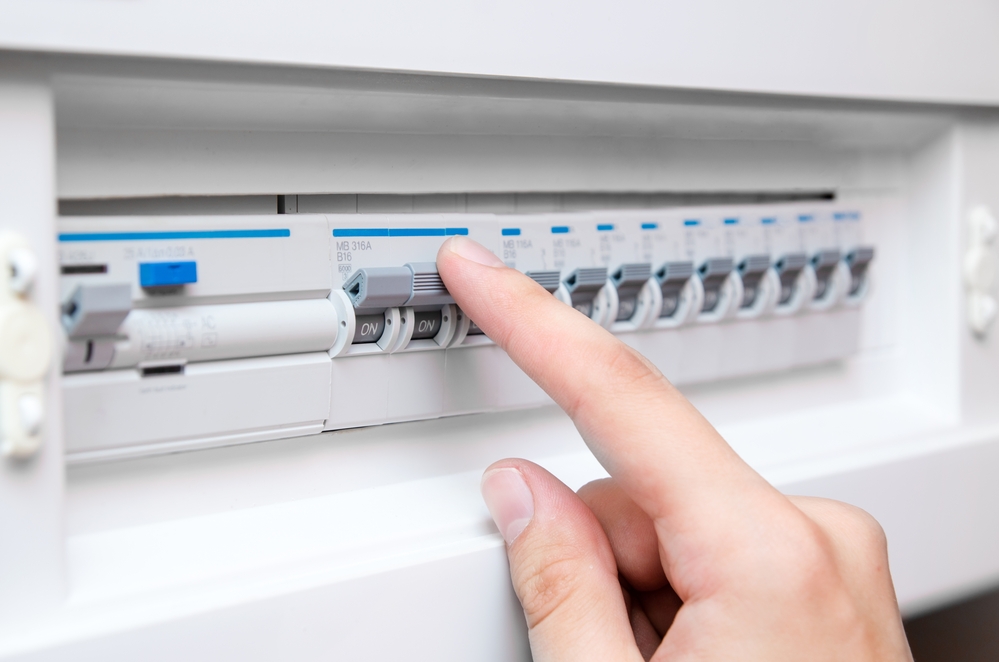
What is worth knowing about residual current circuit breakers?
There are many components to an electrical system, and one of them should be a residual current circuit breaker. This applies not only to a newly built system, but also to an upgraded one. This type of device provides additional protection against electric shock. If the insulation of the system is poor, there is an increased risk of current leakage, which the residual current circuit breaker also prevents. The key issue is its proper selection so that it triggers at the right time and at a given value of residual current, depending on where it is installed.
What is a residual current circuit breaker and why is it used?
The residual current circuit breaker is a device that is part of an electrical system and provides additional protection by cutting off the electrical supply when a residual current occurs. It therefore has a protective function against electric shock and fire as a result of a failure of the electrical grid. The residual current circuit breaker should become part of every home electrical system. Phase and neutral conductors pass through it – if the values of the current flowing through them are different, i.e. residual current, the circuit breaker will automatically disconnect the electrical system from the power supply. It should be added that the residual current circuit breaker will only trip when residual current is detected – the standard version does not have an overcurrent section. If it is to work properly and react immediately to any irregularities, it must be highly sensitive. Otherwise, it will not provide adequate safety for users.
Residual current circuit breakers with a rated residual current of up to 30 mA are used for domestic electrical systems. These are highly sensitive devices, designed for areas with a very high risk of electric shock to bystanders. Examples would include a kitchen, bathroom or auto repair shop. In blocks of flats or industrial buildings, there are also installed circuit breakers with a higher residual current from 100mA to 500 mA. They can also be found on construction sites. On the other hand, in circuits with high leakage current are used low-sensitive circuit breakers – from 500 mA up.
What is the use of a residual current circuit breaker?
You should opt to install a residual current circuit breaker on any electrical system to reduce the risk of fire. Nowadays, it is a top-down requirement to install this type of devices in every domestic electrical system. You should connect it with all the electrical sockets to which various electrical appliances are plugged in. If an outlet is only used to supply power to a single appliance such as a refrigerator or electric cooker, there is no need to install a residual current circuit breaker. Grounding definitely works better in this case. Circuits supplying lighting also do not need the installation of a residual current circuit breaker, but it is recommended to do so if you do the replacement of light sources on your own, i.e. without professionals.


 en
en  PL
PL  DE
DE  LT
LT  SV
SV  FR
FR  ES
ES  HU
HU  NO
NO  DK
DK  FI
FI  RU
RU 